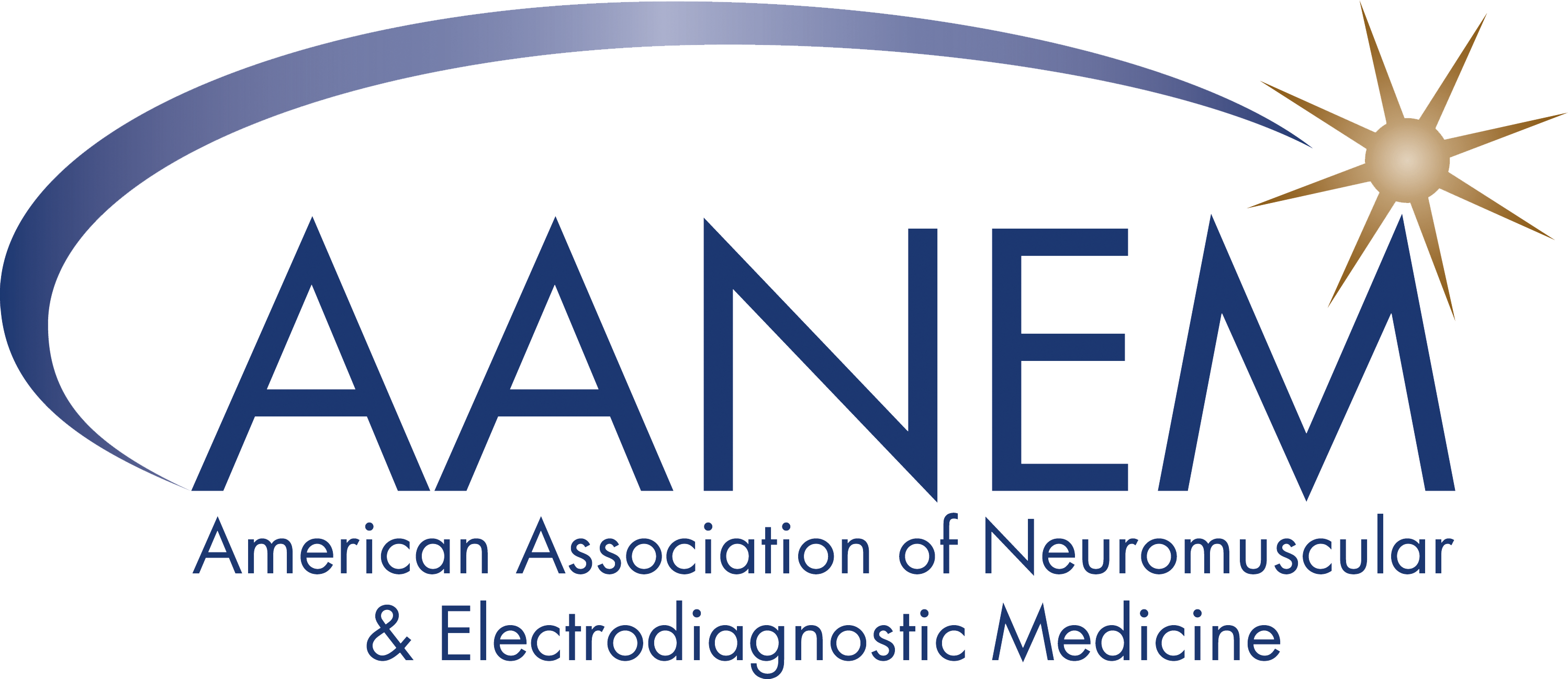Science News: Prolonged Intubation as an Alternative to Tracheostomy and GT Placement
Published August 08, 2025
News Science News
Summary
Introduction: Intubated, ventilator unweanable patients with ventilatory pump failure can be extubated to continuous noninvasive positive pressure ventilatory support; however, delays may result in untoward effects on speech and swallowing.
Methods: Retrospective chart review of ventilatory pump failure patients to determine need for post-extubation gastrostomy tubes (GTs) and consequences on speech for intubations less than (short) versus greater than (long) 3 weeks.
After extubation, patients were permitted to take food by mouth when cleared by dysphagia therapists on the basis of clinical examination, modified Barium swallow and/or fiberoptic endoscopic evaluation. Subgroup analyses excluded patients with amyotrophic lateral sclerosis (ALS) and spinal muscular atrophy (SMA) who often have severe bulbar impairment that necessitates GTs for oral intake anyway.
Results: One hundred sixty-five patients were intubated for a mean 20.7 ± 23.5 (range = 1–240) days. All recovered prehospitalization speech status within 2 hours to 3 days. One hundred four of the short group were intubated 1.6 ± 1.3 (range = 1–9) times for 9.9 ± 5.1 (range = 1–20) days versus 61 of the long group intubated 2.4 ± 3.3 (range = 1–26) times for 39.0 ± 30.5 (range = 21–210) days. 10.6% vs. 8.2%, respectively, required post-extubation GTs indefinitely.
Conclusion: There was no difference in untoward effects on speech or swallowing from short- versus long-term intubation. Had the patients undergone tracheotomies, the majority would have had GTs placed permanently and would have potentially suffered morbidity and mortality from the tubes. Thus, an option is to permit patients to remain intubated and, even if unweanable, extubate them to continuous noninvasive positive pressure ventilatory support rather than tracheotomy.
Comments: This study demonstrates that prolonged intubation doesn’t negatively affect patients’ swallowing and speech. This method of ventilation in the appropriate setting spares patients from tracheostomy and ultimately GT placement.
